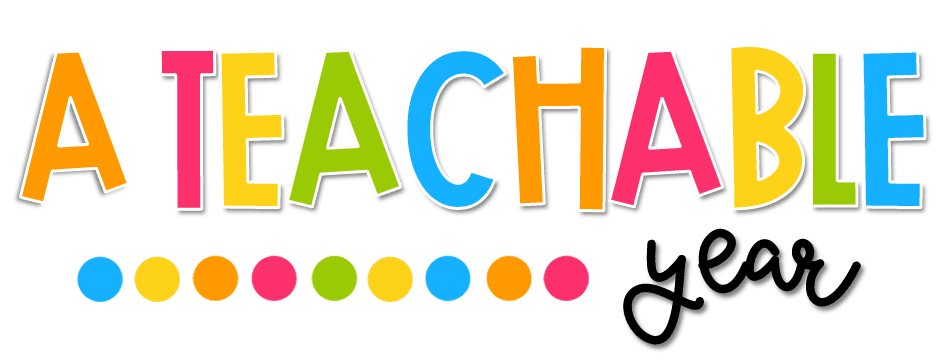When incorporating Warm Ups in the ESL classroom it is important to remember the purpose of the activity. The goal is to engage students in content that will review previous material while also introducing new content. This can be done by connecting the Warm Up to the current lesson or unit. For example, if the current lesson is on irregular verbs, the Warm Up could be a game that reviews regular verbs. The key is to make sure the Warm Up is challenging enough to keep students engaged, but not so challenging that it frustrates them.
Warm ups are an important part of any ESL lesson. They help to set the tone for the lesson, get students engaged and get their brains thinking in English.
There are many different ways to do a warm up, but here are some of our favourites:
In conclusion, it is clear that there are many benefits to using warm-ups in the ESL classroom. Warm-ups help to get students engaged and ready to learn, they provide an opportunity for review and practice, and they can help students to develop their listening and speaking skills. While there is no one perfect way to do a warm-up activity, there are many different ways to adapt them to meet the needs of your students. With a little creativity, you can use warm-ups to help your students succeed in the ESL classroom.
- Have students do a physical activity to get them moving and awake
- Play a game to review grammar or vocabulary
- Do a quick quiz on the material you'll be covering in the lesson
- Give students a creative prompt to get them thinking and writing
- Have students work in pairs or small groups to discuss a topic
With a good "worm up" you can put your children into English mode; attentive, interested and ready to participate.
Are you starting your classes with a warm up? These worms, I mean warm ups are free for you.
In conclusion, it is clear that there are many benefits to using warm-ups in the ESL classroom. Warm-ups help to get students engaged and ready to learn, they provide an opportunity for review and practice, and they can help students to develop their listening and speaking skills. While there is no one perfect way to do a warm-up activity, there are many different ways to adapt them to meet the needs of your students. With a little creativity, you can use warm-ups to help your students succeed in the ESL classroom.




No comments
Post a Comment
Thanks for your comment!